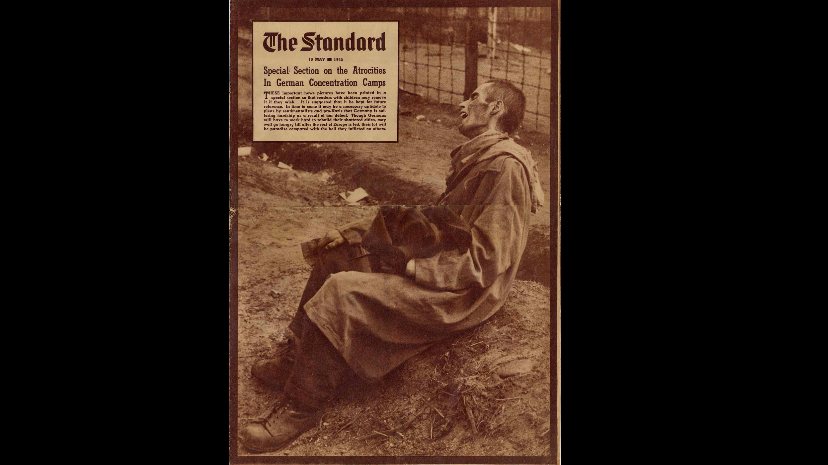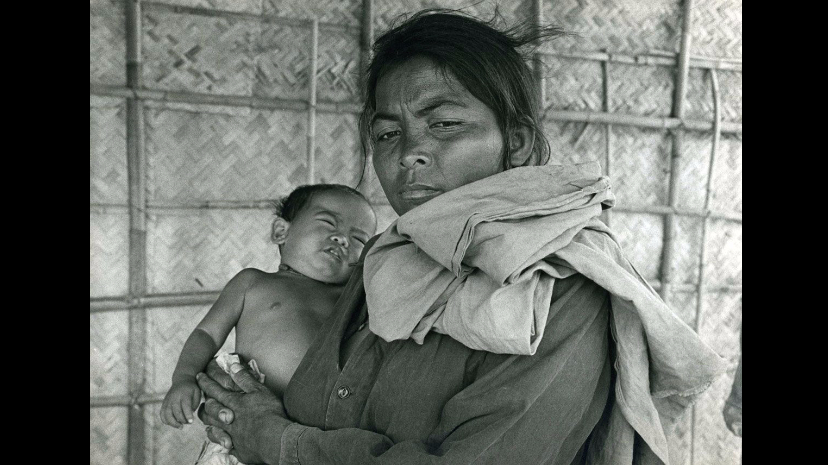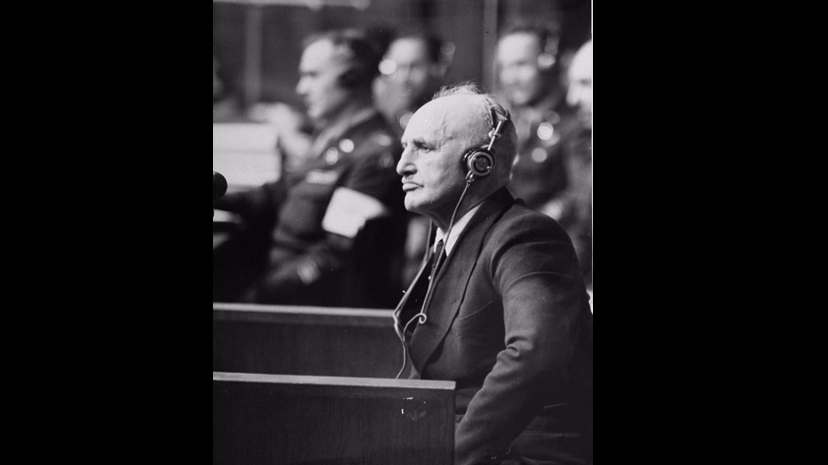Media after a genocide
After a genocide, numerous factors affect the media’s ability to provide information. These include the nature of the post-genocidal regime and access to archives and witnesses.
Some launch campaigns to help survivors rebuild new lives. The Canadian newspaper, The Globe and Mail called for donations for Armenians following the genocide.
Those who promoted hatred and incited the public to commit massacres may be brought to justice.
Such was the case with Julius Streicher, editor-in-chief of Germany’s anti-Semitic newspaper, Der Stürmer, and Ferdinand Nahimana, co-founder of the RTLM in Rwanda.
Traditional media outlets frequently fail in their responsibility to inform the public before and during a genocide. Today, information circulates more directly through other channels, such as the Internet, social media and NGOs like Human Rights Watch and Reporters Without Borders.
By continuing to transmit information and cover commemorative events, the media keeps the memory of these genocides alive.






















